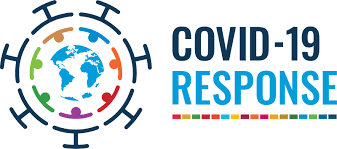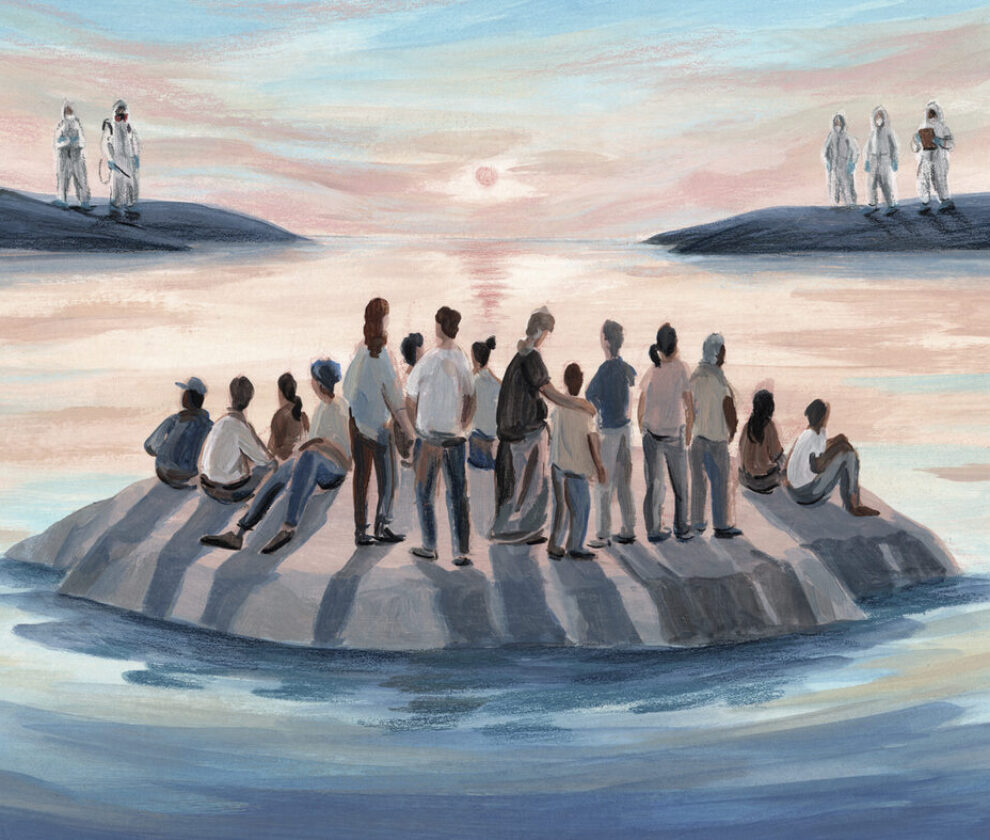#
As the COVID-19 pandemic swept the world, countries around the globe were forced to come up with new and innovative ways to slow its spread. Kenya, like many other countries, implemented a series of measures designed to contain the virus, including travel bans, quarantine mandates, and lockdowns. However, as the situation in Kenya developed, it became clear that these measures were not without their flaws. One of the first measures implemented by the Kenyan government was a travel ban on all persons traveling to Kenya from countries that had reported COVID-19 cases. This ban was put into place just two days after the confirmation of Kenya’s first case of the virus on 12th March 2020. Exemptions were made for Kenyan citizens and foreigners with valid residence permits, but all such individuals were required to either self-quarantine or be quarantined at a government-designated facility upon arrival. Unfortunately, these facilities were found to be overcrowded, unsanitary, and not designed to facilitate isolation or social distancing. Another issue that arose was the inconsistency of the quarantine period. While a 14-day quarantine period was initially set, some individuals were required to stay up to 32 days without any clear justification. This inconsistency created frustration and mental anxiety for those affected, and many people were also frustrated by the fact that they were required to pay a daily fee of $20 to the government for using the quarantine facilities. As the virus began to spread in the country, the Kenyan government implemented an additional 21-day lockdown and cessation of movement policy to suppress community spread. This policy entailed the creation of clusters within the country and only allowed movement within a cluster. In addition to this, a country-wide, dusk-to-dawn curfew was imposed on everyone within the borders of Kenya, except for medical professionals and essential service providers. While these measures were implemented with the goal of slowing the spread of the virus, they also had a significant impact on the mental well-being of individuals and businesses, especially restaurants and other hospitality establishments that were directly impacted by the imposition of government travel restrictions. Unfortunately, the police were also accused of using extreme force against civilians caught outdoors after curfew, and the extreme quarantine conditions and inconsistent quarantine period, the lock-down and the curfew and movement prohibitions all contributed to negative impacts on people and businesses.
Kenyan government's efforts to slow the spread of COVID-19
In conclusion, while the Kenyan government’s efforts to slow the spread of COVID-19 were well-intentioned, it’s clear that there were many shortcomings in the measures that were implemented. The quarantine facilities were overcrowded, unsanitary, and not designed for isolation and social distancing, the quarantine period was inconsistent, and there were accusations of police brutality. All of this resulted in negative impacts on individuals and businesses, including mental well-being, monetary impact, and social separation.
This raises the question of how well-prepared countries are for pandemics, and what can be done to improve disaster preparedness in the future. It’s clear that there is a need for better planning, better coordination between different levels of government and public and private sectors, and more transparency in decision-making. In addition, there must be better communication of the evidence base for interventions and the criteria used to assess their effectiveness, risks, and benefits.
It is essential that all stakeholders, including governments, health organizations, private sector, and individuals, work together to be better prepared for future pandemics. This includes investing in public health infrastructure, strengthening early warning systems, and promoting research on the impacts of interventions. By working together and learning from the challenges faced during this pandemic, we can be better prepared for future crises and better able to protect the health and well-being of our communities.
Find the full article HERE
–



